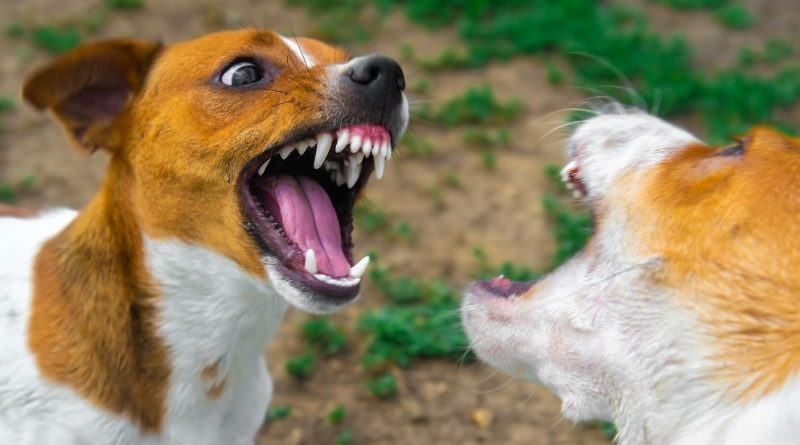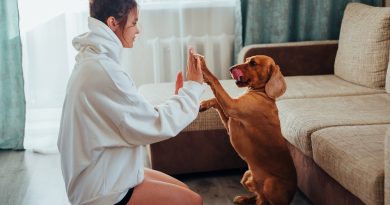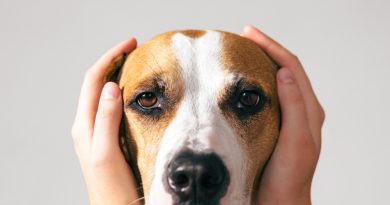What to do for my pet to get used to another?
Generally, those who already have a dog wish to have one more so that, in addition to brightening the environment, one can provide company to the other.
However, the adaptation of dogs with other dogs may not be an easy task and can generate insecurity for the owner, as they spare no effort to defend their owners and are territorial.
But the good news is that, if some measures are considered from the beginning, it is possible to have this preparation and adaptation process more harmoniously and quickly.
Introducing a new dog into the home requires dynamism so that no family member is affected, and the environment remains the same. In this case, the most important thing is to analyze the routine and also the habits and personalities of the other dog so that, later on, it will be possible to bring the best companion.
For both dogs, everything is new and requires time to accept and understand, and then get used to integration and changes in the reality of living together.
With that in mind, we have prepared this article with the 7 main tips to facilitate the adaptation process between dogs, making them get along well and ensuring success for the whole family. Check it out!
- What to do for your pet to get used to the other? Make the first contact in a neutral place
Generally, dogs have their own instinct to be territorial. Therefore, when acquiring a new puppy, it is ideal that the first contact is in a neutral place, such as a park — not in the older dog’s residence.
This way, it is possible to avoid dominant behavior, invasion, and competition that may exist on the part of the dog already with the owner.
This approach can be done with another person being responsible for the leash of the younger dog, and the contact occurring naturally through treats, play, and affection, without causing fights between the animals.
- Get ready to take him home
After meetings in neutral places, it’s time to take him home. One of the first instructions is to make the older dog feel free, letting him enter the residence without using a leash.
The new puppy should be kept on a leash for a few minutes to get used to the location and the receptiveness of the older one.
When releasing him, he will certainly want to explore the entire environment. At this point, it is essential that attention is fully focused on their behavior and adaptation.
This is because, if any of them feels uncomfortable or rejects the presence of the other, being aggressive, the owner must intervene, limiting the spaces between them.
If this happens, the process should be done progressively until they get used to it, always with the owner’s supervision.
- Take walks to foster friendship between dogs
Walks with dogs are excellent because, in addition to running and playing, dogs expend energy and get tired, making it an ideal time to bring them closer — but outside the area where the older one already dominates. Thus, the chances of them getting along and fighting become smaller, as he will have nothing to defend.
- Avoid leaving them unattended in the first few days
Still, regarding what to do for your pet to get used to the other, in the first few days, it is not recommended to leave the dogs alone, especially if it is in the same environment. If you need to leave, it is ideal to have a separate space for each one, as this helps to reduce negative behavior and fights between the two.
When you get home, share good moments with both, so that one can get used to the company of the other, without substitution and generating jealousy.
- Separate the dogs’ spaces
To facilitate adaptation, the new member needs to have his own space, away and isolated from the older one’s territory. In this environment, leave accessories such as water and food bowls and toys so that he can get used to the place and feel safer.
Moreover, this becomes a good time to start the introduction by smell because a blanket or sock with the scent of the new one can be offered to the older dog, making them actually get to know each other by smell.
- What to do for your pet to get used to the other? Have separate meals
One of the moments that can cause confusion is feeding time. In this case, it is important to have separate meals, preferably in different environments, to prevent one from eating the other’s food and for both to have their own space.
If this is not possible, try placing the food bowls on opposite sides of a room so that they can get used to eating with each other’s presence and smell.
- Pay attention to all dogs to avoid arousing jealousy
Each animal has its own peculiarity and behavior, which can be unpredictable when it comes to adaptation. Therefore, this period of approaching requires time and patience from the owner, especially with attention to both the older and the new dog, in order to avoid jealousy.
It is essential that both relate that the presence of the other is something nice and important.
But, for this to happen, when playing or petting one of the dogs, the owner must understand that, when the other approaches, it is essential not to stop the affection and much less feel apprehensive, focusing attention only on one of them.
Demonstrations of affection and acting naturally must continue, being receptive and cheerful, making the dogs realize that each other’s company is not a threat.
The adaptation of dogs with other dogs may not be an easy task, but over time, the strangeness and indifference tend to disappear.
And, if even with these tips, rejection still occurs, do not be discouraged, as in some cases, the help of a specialized professional to analyze the temperament of each dog and indicate the correct way to approach may be ideal.
Passing through this period of extreme attention and patience with the adaptation of dogs with other dogs, they will certainly become familiar, and the environment will be in more perfect harmony, guaranteeing more joy and company for all members of the house.
And you, do you have any other tips on the subject? Then leave your comment and share your opinion with us!
What to do for your pet to get used to the other? Now that you have this answer, just keep following our Blog with many useful tips for your pet(s).




